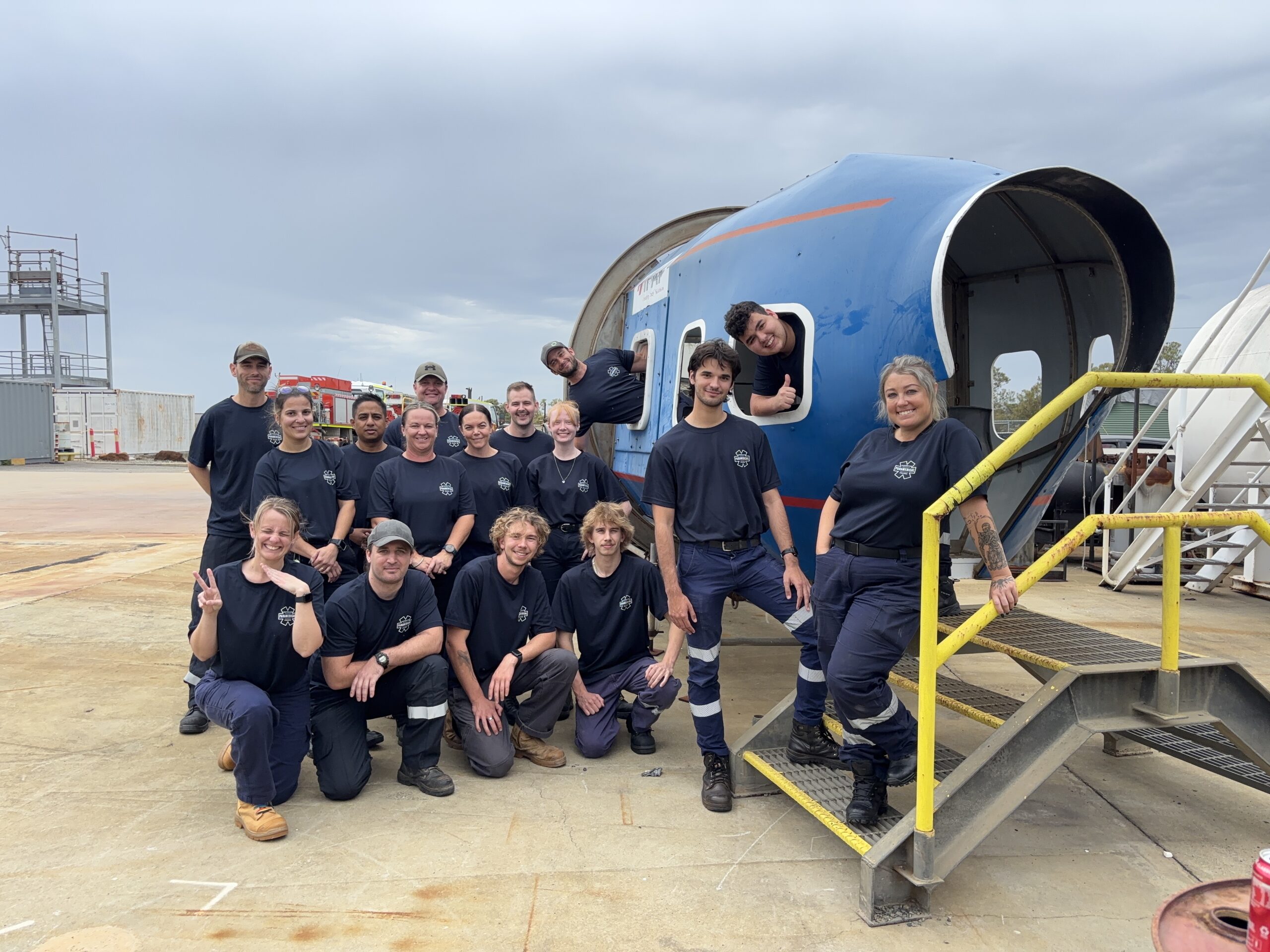
How to Become an Emergency Services Officer (ESO)
Becoming a Medical Emergency Services Officer (MESO/ESO)
Updated 14th November 2025
If you’re already working FIFO or planning to break into the mining and resources sector, stepping into a Medical Emergency Services Officer (MESO) or Emergency Services Officer (ESO) role can be a high-impact career move. These roles are in strong demand across Australia and offer a mix of emergency response, medical care, and site safety responsibilities.
What Does a MESO/ESO Do?
A Medical Emergency Services Officer (MESO) or Emergency Services Officer (ESO) is responsible for frontline emergency response on large industrial sites – including mine sites, processing facilities, energy plants and more. Their remit can extend beyond medical care to include fire response, rescue operations, security functions, training, and workplace health and safety (WHS).
Most MESO/ESOs sit within the site safety or emergency response team and are essential for managing everything from minor injuries to serious incidents, providing basic life support, and coordinating emergency procedures.
For many people, the MESO/ESO pathway is a strong alternative to paramedicine—offering similar hands-on medical responsibilities while working in remote, fast-paced industrial environments.
You’ll commonly see MESOs working under titles such as:
- Emergency Services Officer (ESO)
- Mine Site Medic
- Industrial Medic
- Underground Medic
- Mine Rescue Medic
- Emergency Response Coordinator
Where Do MESO/ESOs Work?
Because their skills cover medical response, fire, rescue, and safety, MESOs are employed across a wide range of industries, including:
- Mining and metalliferous (surface and underground)
- Oil and gas (onshore and offshore)
- Power and energy
- Construction
- Defence
- Maritime
- Aviation
- Industrial operations
Any large-scale site that carries risk will often require trained emergency response personnel on shift.
Typical Responsibilities of a MESO/ESO
Duties vary depending on the size of the operation, the site’s risk profile, and your qualifications. Common responsibilities include:
- Managing onsite injuries and coordinating with doctors, allied health, and rehab providers
- Conducting routine and random drug and alcohol testing
- Responding to medical emergencies and providing initial treatment
- Delivering basic life support when required
- Conducting mental health assessments and referrals
- Responding to vehicle or machinery incidents
- Supporting emergency response teams during fire, rescue, or evacuation scenarios
MESO/ESO Salary Expectations
The average MESO/ESO salary in Australia sits between $110,000 and $140,000+ per year, with potential for higher earnings depending on:
- Experience and qualifications
- Overtime and shift loading
- FIFO vs. residential work
- Industry and site conditions
(Source: Jora, April 2024)
How to Become a MESO/ESO
Australian Paramedical College provides the pre-hospital training needed to start your career in emergency response roles.
Minimum qualification:
Recommended qualification:
- HLT51020 – Diploma of Emergency Health Care
This is often favoured by employers and gives you broader medical capability, better job prospects, and a pathway into higher roles or further study (including paramedicine).
ESO/MESO positions typically also require additional certifications – such as a Certificate III in Mines Rescue or site-specific emergency response training.
If you’re ready to build the skills to work in emergency response, industrial medicine, and remote-site healthcare, our nationally recognised training can help you take the next step.

